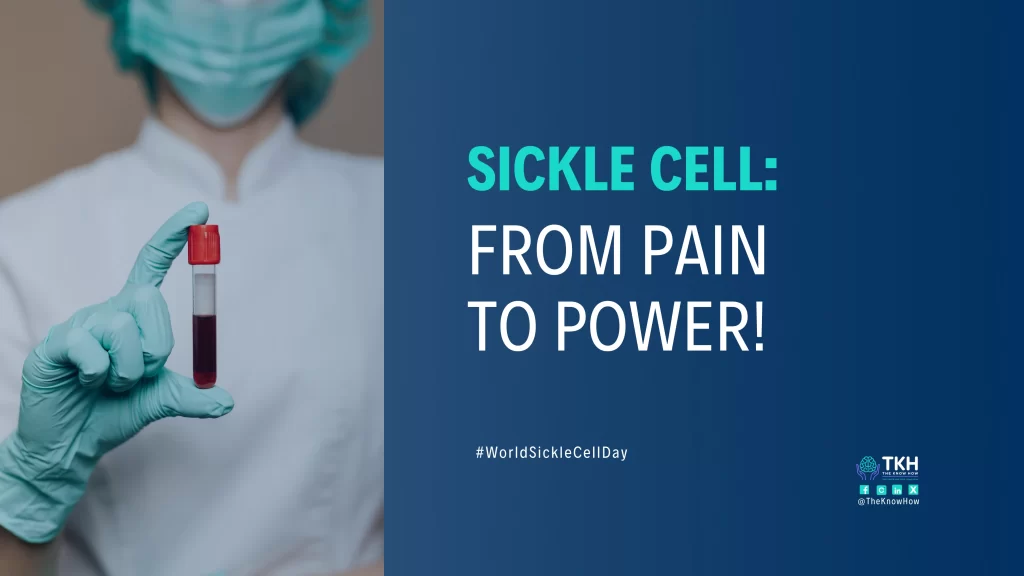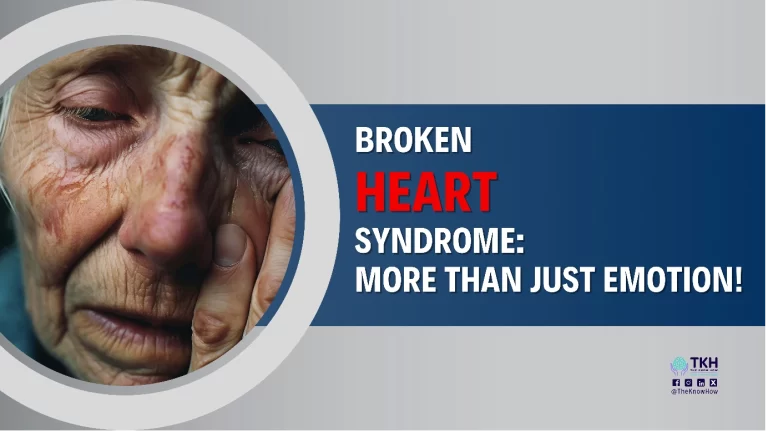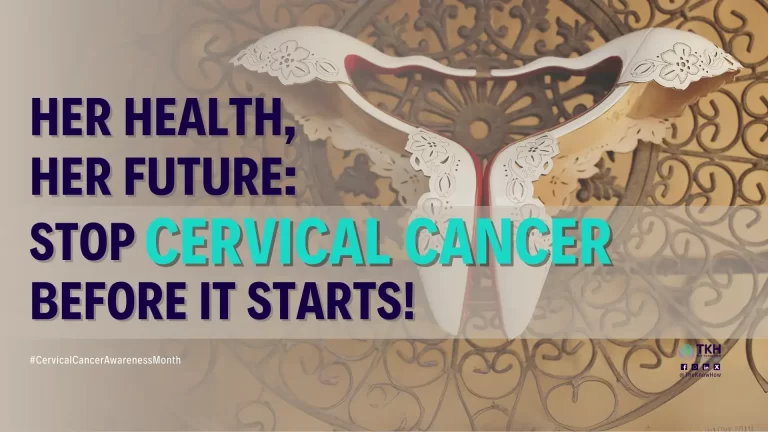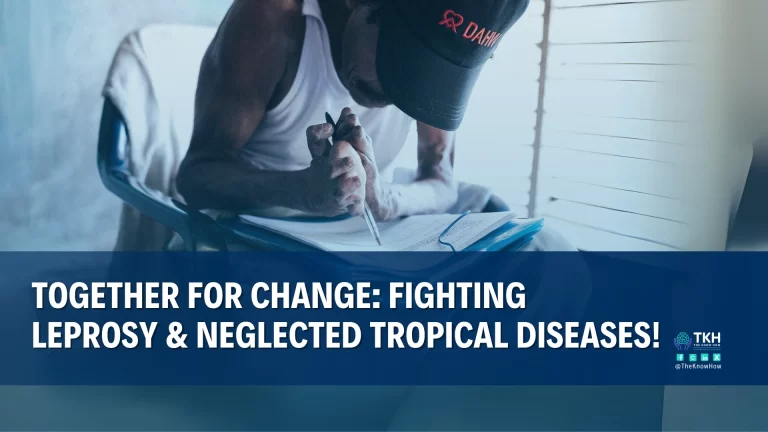
Sickle cell disease is a serious inherited blood disorder that affects millions worldwide, altering the shape of red blood cells and causing lifelong health complications.
Sickle cell disease (SCD) refers to a group of inherited disorders that affect red blood cells. Normally, red blood cells are round and flexible, allowing them to move easily through small blood vessels to deliver oxygen throughout the body. However, in individuals with SCD, the hemoglobin within these cells is abnormal. This causes the red blood cells to become rigid, sticky, and shaped like a crescent or sickle. These misshapen cells break down prematurely, leading to a persistent shortage of red blood cells (anemia). Moreover, sickled cells can block blood flow by clumping together in small vessels, resulting in pain and potentially serious complications such as infections, acute chest syndrome, and strokes.
Genetics & Epidemiology of Sickle cell disease
SCD is inherited in an autosomal recessive manner: individuals inherit one HbS gene from each parent. Globally, over 300,000 infants are born annually with major haemoglobin disorders, including about 200,000 cases of sickle-cell anemia in Africa alone. The sickle‑cell trait persists in malaria-endemic regions due to a protective advantage against severe malaria. It affects millions worldwide, particularly those with ancestry from sub-Saharan Africa, the Middle East, India, and Mediterranean countries.
Signs & Symptoms of Sickle cell disease
Clinical manifestations typically begin around 5–6 months of age, as fetal haemoglobin diminishes. Common features include:
Anemia & Fatigue: Chronic haemolysis shortens red cell lifespan to 10–20 days, resulting in persistent anemia and fatigue
Pain Crises (Vaso-occlusive crises): Sudden episodes of severe pain most often in the chest, abdomen, or joints due to ischemia from occluded vessels
Swelling of Hands & Feet (Dactylitis): Painful swelling in infants and young children.
Infections: Functional asplenia predisposes to bacterial infections such as Streptococcus pneumoniae; early vaccination and prophylactic penicillin are critical.
Acute Chest Syndrome: A life-threatening complication presenting with chest pain, fever, and pulmonary infiltrates.
Stroke: Blood vessel occlusion in the brain can cause ischemic stroke, particularly in children.
Organ Complications: Chronic issues include retinopathy, nephropathy, priapism, leg ulcers, avascular necrosis, and pulmonary hypertension.
Sickle cell disease : Diagnosis:
Newborn Screening: Standard in many countries, including the UAE, enabling early diagnosis.
Hemoglobin Electrophoresis or HPLC confirms the presence of variant hemoglobin types (HbSS, HbSC, HbSβ-thalassemia, etc).
Genetic Testing may be used for prenatal diagnosis or confirmatory purposes.
Treatment & Management:
SCD management focuses on symptom control, prevention of crises, and, when possible, curative interventions:
Pain control: Using NSAIDs, opioids, hydration, and rest during crises.
Blood Transfusions: Treat severe anemia, acute chest syndrome, and prevent stroke.
Hydroxyurea: The cornerstone therapy; it increases fetal hemoglobin, reducing vaso-occlusive events and acute chest syndrome risk.
Preventive Measures:
Early and routine vaccinations (against pneumococcus, meningococcus, Hib) and prophylactic penicillin.
Patient education on triggers, hydration, infection risks, and crisis warning signs.
Hematopoietic Stem Cell Transplant (HSCT): The only established cure but limited by donor availability and risk profile; optimal in children with matched siblings.
Complications:
Repeated Vaso-occlusion and chronic haemolysis produce both acute and chronic issues:
Acute: Pain crises, acute chest syndrome, infection, stroke.
Chronic: Kidney damage (nephropathy), vision loss (retinopathy), pulmonary hypertension, leg ulcers, osteonecrosis, and gallstones.
Prevention Strategies
Carrier Screening: In high-risk populations, screening before or during helps identify couples at risk.
Genetic Counselling: Critical for informed family planning in carrier couples.
Public Awareness.
Sickle Cell Disease remains a major global health challenge, especially in low-resource settings. However, advances in early diagnosis, comprehensive supportive care, hydroxyurea, and curative therapies are transforming outcomes. Ensuring equitable access to these interventions is key.
References:
- WHO: global burden, genetics, and public health impact
- pubmed.ncbi.nlm.nih.
- who.int/
- mayoclinic.org/
Reaching the Last Child – Together We End Polio Forever
World Arthritis Day – Understanding, Preventing, and Managing Joint Pain
World Mental Health Day 2025: When Crises Strike, Mental Health Must Not Be Left Behind
Memorable Cardiology Quotes
Don’t Miss a Beat: Protect your heart!
Polycystic Ovary Syndome (PCOS): Know the signs, take action!
Rare Genetic Disorder: Awareness, Diagnosis & Support
Spinal Muscular Atrophy (SMA): Understanding a Genetic Disorder!
Psoriasis Awareness Month – Sensibilisation et Solutions!
Related Posts
- Alzheimer´s Disease: Support-groups needed!
Introducing 4get-me-not, located in Dubai, the first social enterprise in the Middle East dedicated to…
- World Health Day 2024 - My Health, My Right!
This year’s WorldHealthDay theme was chosen to advocate for everyone's right to have access to…
- Men’s Health Month
While men are often the backbone of their families, taking care of everyone around them,…



